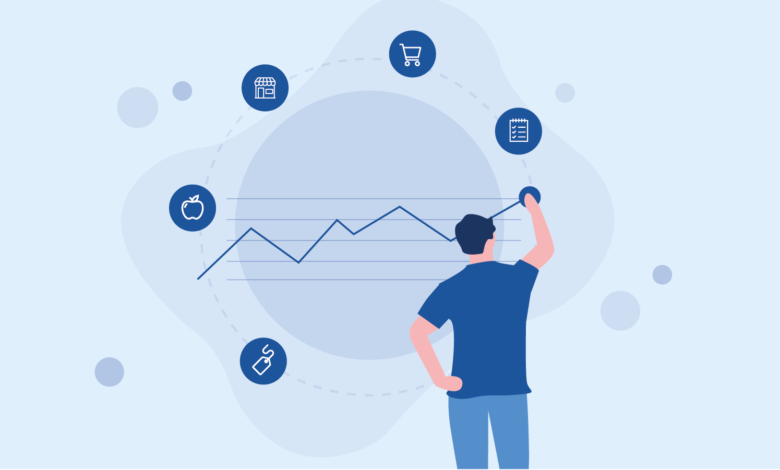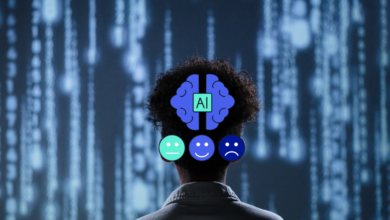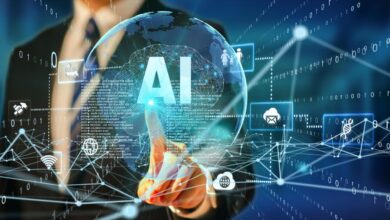
For years, CMOs in retail have utilised social media to find and understand what consumers want and how they interact with their brand. Thanks to the rise in popular demand, AI in retail is becoming an increasingly used technology.
AI and Machine learning advances have enabled companies such as Heat to predict trends up to 72 hours before they happen with a 70% accuracy, according to Deloitte.
When it comes to spending habits, however, things get a lot more complicated.
Until recently, the only way to buy a bag of pasta was to go to the store, walk along the aisle, pick it up and buy it at a till. It was easy for a shop to track its users’ journeys through their store since it was practically a straight line through their shop.
Life was simple.
Moving Forward
Since the majority of stores now have both a physical and a digital presence, finding the right balance between the two is challenging to say the least.
The ability of a decision-maker to assess the profitability of a store is currently based on applying trend analysis to the sales and profits generated within the shop itself.
They fail to account for the impact that a store has in driving sales online (this is known as the Halo effect). Something AI in retail is changing at a faster and more efficient rate.
Consumers are spread across different channels and physical stores are becoming more of a showroom where people can hang out, post on social media and test products, understanding the link between the physical and digital is essential when it comes to understanding what drives sales.
This is where Geospatial analytics comes in.
How AI In Retail Can Help
Halo forecasting uses a unique blend of location data, transaction history, and consumer profiles to provide the data sets for AI to analyse then predict what instore and online sales will be and how they affect each other.
AI in retail can detect underlying spending habits that know what you buy, how you buy it, and when you will buy it again.
It forms your regular spending patterns and even understands more complex one-offs such as a chocolate binge one Monday night. Not only will this help keep more stores open as showrooms, but it will help cut down on waste since retailers will automatically know exactly how much to stock of each product in each location.
AI in retail also has knock-on effects for the marketing world.
The CMO’s of a company can combine social media analysis with AI to find out exactly who the target market of promotion is and both the right time and the right price to offer it.
Waste is cut here as well as in the supply chain since less discounting and more targeted ads results in a larger profit margin.
Feedback will finally be received since AI and machine learning can understand images and videos posted by customers and derive how they feel and what happened.
How does KodyPay help these next steps?
Well, with the KodyPay app you can pay online, in-store, and at a restaurant.
They seemingly link a retailer’s stock with the shop floor, analyse the datasets thanks to their friends at IBM, and ensure that waste is abolished everywhere.
On top of that, the app helps to reduce theft.
Traditionally, you could put peaches on the self-service scales and call them potatoes. Their app uses the camera on a smartphone for fine-grain classification in order to distinguish between items and to charge the correct price.
The combined results of all this AI work will be a more loyal, customer-based experience leading to shoppers spending more per trip. KodyPay makes the whole procedure of buying something much more convenient by unifying the analytics with the payment process on one simple, human-centered platform.
All in all, by putting everything onto one platform, they build trust whilst helping businesses understand these trends.
So, what’s next for AI in retail?
As KodyPay grows, they will seek to complete their platform with a voice recognition app so you can order in advance and have your shopping at every convenience.



